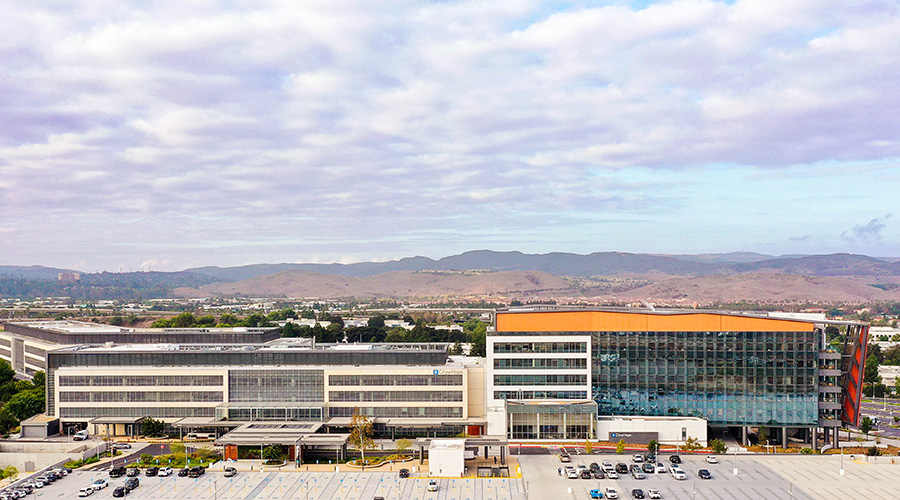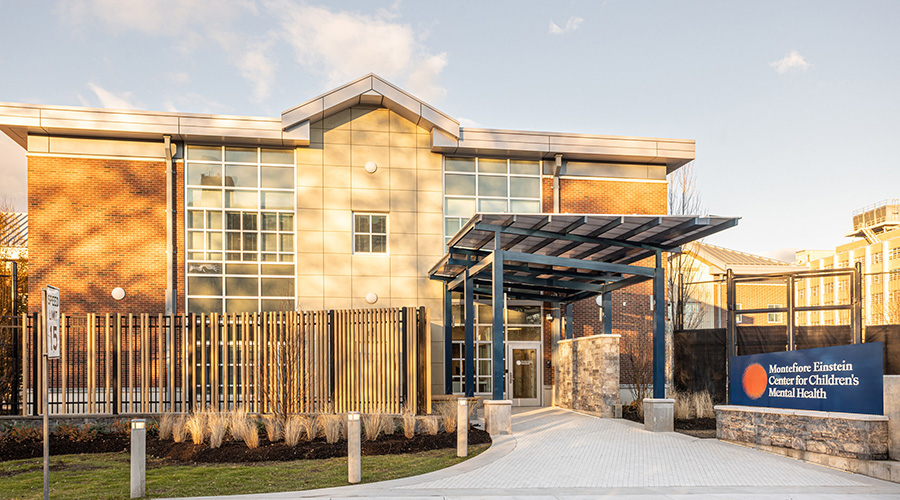U.S. healthcare delivery is evolving to meet the changing needs of the marketplace, and healthcare facilities are evolving to help systems achieve their goals. But exactly how the interaction between healthcare delivery and facilities will play out is an ongoing challenge for healthcare facilities managers who must navigate an uncertain landscape to ensure buildings effectively support their organizations’ mission.
“Facilities don't know what the future is, so you're seeing a lot more flexibility going into all of their designs because they're trying to design for the future,” says Micheal Gleeson, a healthcare market sector leader for Mortenson, a leading U.S. healthcare design-builder and developer. The firm recently released a new survey, “Building the Next Chapter in Healthcare,” that highlights trends and insights playing out nationwide.
Mortenson surveyed professionals at the fall 2023 American Society for Health Care Engineering Planning and Design Conference. Respondents included administration, facility and operations leaders from many of the nation’s largest healthcare organizations. Among the areas of impact in the survey’s findings are these:
Spending. Healthcare organizations plan to continue investing in facilities, with a focus on acute care, outpatient services, and mental and behavioral health services. Nearly one-half of healthcare providers say investments over the next 12 to 18 months are anticipated to exceed investments over the past 12 to 18 months, while only 14 percent anticipate their facility spending will decrease.
Capital spending. Nearly 90 percent of respondents say that reducing spending in other areas to fund new capital investments will be a major focus or some focus.
Operations. Nearly 40 percent of respondents mentioned operations-related expenses as the biggest challenge facing their organization.
Telehealth. Two-thirds of providers anticipate an increase in telehealth use. Despite this anticipated increase in use, about a third of providers believe the footprint of their physical facilities will become larger.
Gleeson says the increased use of telehealth and other monitoring options is changing the way systems approach facilities decisions.
“There are more health monitoring options out there now,” Gleeson says. “There are also more remote work options. There's a little bit of wait-and-see with telehealth — what its true capabilities are and what they're not. The industry is learning that.”
Healthcare facilities managers also are still dealing with the impact of the pandemic on facilities and operations, in particular its impact on design and staff retention.
"It's a reaction to COVID-19 — losing employees, having enough employees to do the work,” he says. “It's a battle just to see who can get care providers now and maintain them.
“A transition is occurring. Previously, facilities were designed and built to provide the best patient care. Now, there absolutely is a rising component of care provider experience, along with patient care. Those things include closer parking or food availability, increased security area, areas of respite, recruiting and retention facilities for care providers, and just easier places to work.”
Whatever the evolving future of healthcare brings, one certainty is that healthcare facilities managers will face issues related to design, construction, operations, maintenance and engineering that go well beyond traditional facilities management challenges.
Dan Hounsell is senior editor for the facilities market. He has more than 30 years of experience writing about facilities maintenance, engineering and management.

 State of the Facilities Management Industry in 2025
State of the Facilities Management Industry in 2025 City of Hope to Open New Cancer Specialty Hospital in California
City of Hope to Open New Cancer Specialty Hospital in California Montefiore Einstein Opening New Inpatient Center for Youth in the Bronx
Montefiore Einstein Opening New Inpatient Center for Youth in the Bronx Skill Stacking: How Micro-Credentials Are Reshaping Trades
Skill Stacking: How Micro-Credentials Are Reshaping Trades Prima Medicine Opens New Location in Tysons, Virginia
Prima Medicine Opens New Location in Tysons, Virginia